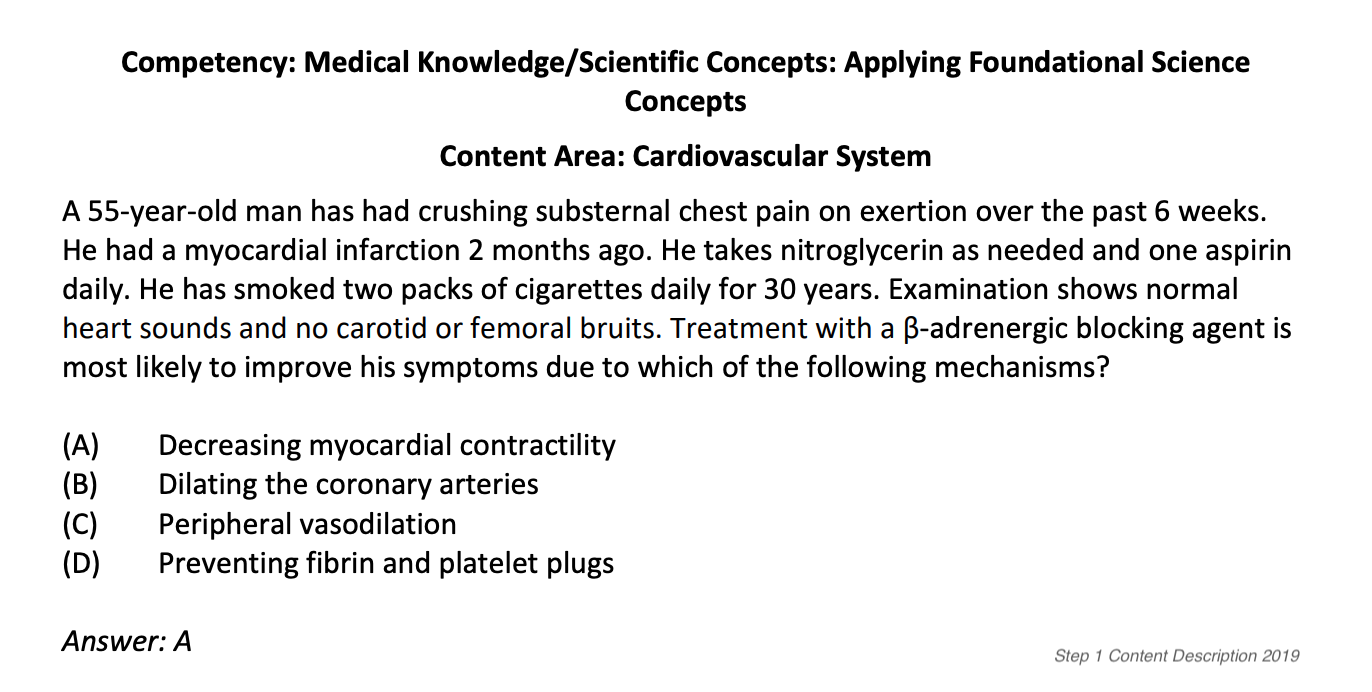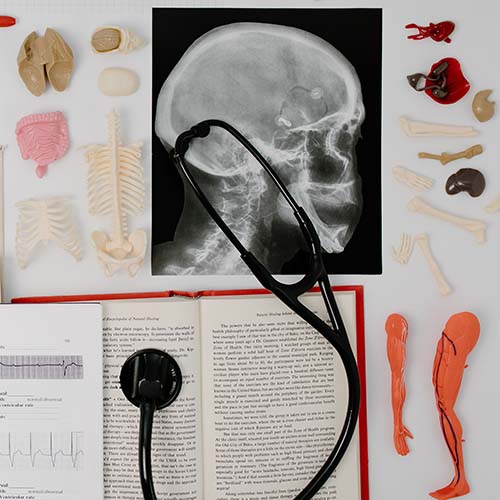How to prioritize high yield topics to raise your score on USMLE Step 1 and Step 2 CK.
Wouldn’t life be much easier if it came with a guide that told you exactly what to focus on? If a little voice in your head periodically chimed in to let you know: “Hey, don’t worry about this first date; at best this relationship would last 5 months.” (Easier, yes, but what a bore).
Well, we can’t provide that kind of assistance in most of your daily life, but there is a breakdown for the USMLE, and we’re here to help you sort it out!
Step 1 and 2 CK Content Descriptions and the meaning of “High Yield”
You can see starting on page four of the USMLE Step 1 Content Description that the test makers have provided a clear breakdown of how test material is spread across Systems, Competencies, and Disciplines. There’s a similar breakdown in the Step 2 CK Content description, starting on page 6. Using these guides, you can build your study plan around high yield content.
What exactly do we mean by high yield content? Well, if we know from Table 4 that Pathology makes up the highest percentage of Step 1 with a range of 45-52%, we know that focusing on “just” understanding Pathology will set you up for success on up to half of the exam. Coming in second for Step 1 is Physiology at 26-34%. Therefore, Pathology and Physiology can be clearly marked as high yield topics, with their combined presence making up 71-86% of Step 1.
This is not to say that knowing these two perfectly will lead to a 86% score. As you will see, all the percentages listed add up to greater than 100%, meaning that many questions require knowledge from more than just one domain. So, while it’s true that understanding high yield topics will lend to success on the exam, it’s not a perfect 1:1.
Moving on, we can do the same high yield analysis with the Step 2 CK content description, with Internal Medicine taking up 50-60% of the exam. More specifically, “Patient Care: Diagnosis” consisting of history/physical examination, laboratory/diagnostic studies, diagnosis, and prognosis/outcome make up 40-50% of the exam while “Patient Care: Management” consisting of pharmacotherapy, clinical interventions, and mixed management make up 22-27% of the test. Therefore, you can be sure if you build your study schedule around Patient Care, you will have strategized well for 62-77% of the exam.
However, we echo what we said above. There is some overlap between percentages that makes this ranking system important for noting high yield topics, but not a fool-proof guide to how to build a 100% score. (If only life were that easy).
How to Use High Yield Topics
Now, we know these breakdowns are helpful in the planning phase of your USMLE studying, but they’re also incredibly helpful during studying, as well. How so?
Well, as we discussed in our Qbank blog post, the best Qbanks allow you to look at your individual scores within these systems and disciplines so you can identify where you need to improve. For example, if you just can’t seem to wrap your head around say, Pharmacology nor Genetics, you would do best to prioritize Pharmacology as it has a much higher yield than Genetics.
So now you can identify high-yield topics and incorporate them into your studying, but it’s not quite enough to just memorize high-yield information. The USMLE focuses on the application of knowledge, not just the recalling of information. For example, the aforementioned Content Description guide provides the following sample question to review.

It’s not enough to simply memorize what “substernal chest pain” is, you have to focus your studying on interconnected concepts and physiology of the cardiovascular system in order to do well on the USMLE. This touches on what we mentioned above: there is some overlap in the percentages that make the high yield breakdown a bit more complex than preferred.
Study Strategically
You cannot expect to remember every single thing you’ve learned so far in your academic and/or med school career, which is why it’s so important to strategize how you’re spending your study time. Luckily, Cram Fighter is a strategy tool to help you prioritize your own prep for the USMLE! Check out our sample Step 2 CK study schedules in 4-week or 10-week durations. If you’re still preparing for Step 1 and want to plan ahead, you can use our Study Blocks feature to build a plan for both Step 1 and Step 2 CK into one customized, easily adjusted study schedule. To try Cram Fighter for yourself, sign up for a free 7-day trial.




